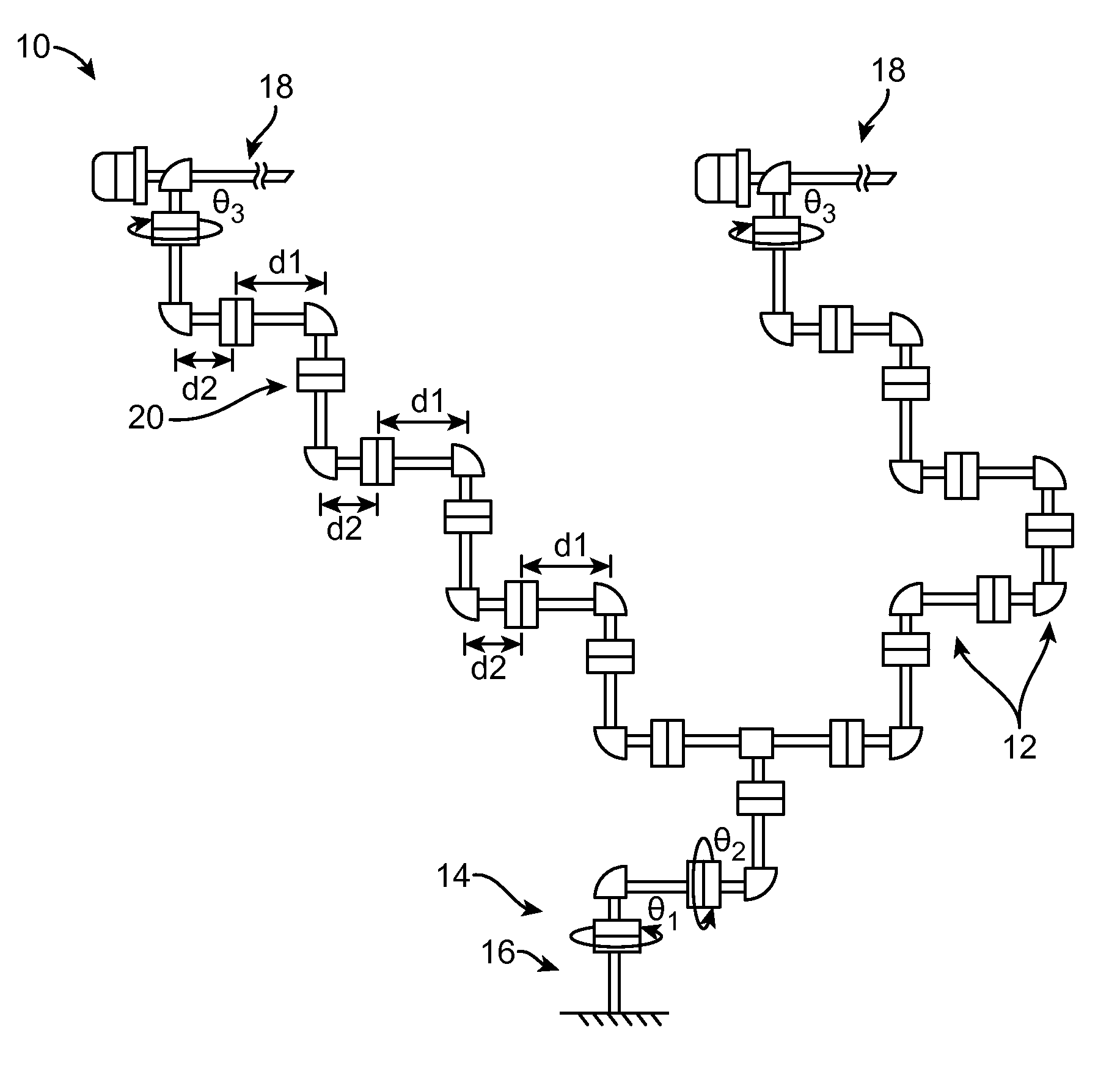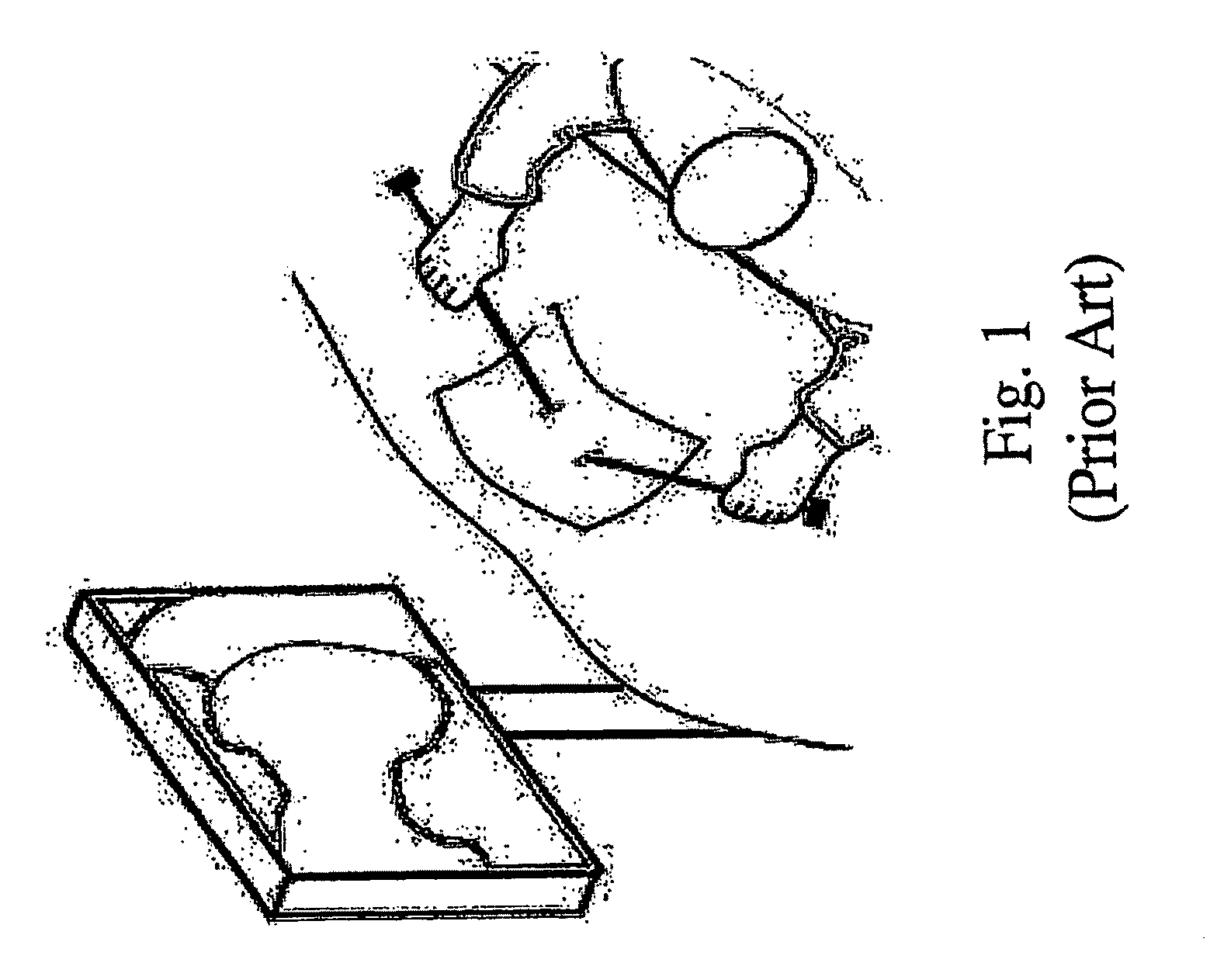Method, apparatus, and system for computer-aided tracking, navigation and motion teaching
a technology of motion teaching and navigation, applied in the direction of electrical programme control, program control, instruments, etc., can solve the problems of difficult to correctly place portal incisions without damaging critical neurovascular structures, and less invasive hip joint techniques are not often applied to the hip joint, so as to improve maneuverability. the effect of flexibility
- Summary
- Abstract
- Description
- Claims
- Application Information
AI Technical Summary
Benefits of technology
Problems solved by technology
Method used
Image
Examples
Embodiment Construction
[0044]The present invention is directed generally to methods, apparatuses, and systems for computer-aided tracking, navigation, and motion teaching. The present invention has many applications, such as in medical care and in industrial manufacturing, as well as in other fields. The present invention has many specific applications, such as tracking medical tools in the body during medical procedures, generating images of medical tools in the body during medical procedures, in robot teaching, in process simulation, in path planning, and in other applications.
[0045]FIG. 2 illustrates one embodiment of a tracking device 10 according to the present invention. The tracking device 10 includes a plurality of links 12 connected together. The tracking device 10 in the illustrated embodiment includes a reference end 14 connected to a reference pin or some other reference point 16, and a working end 18 for moving and / or for engaging other objects. In some embodiments, the working end 18 may be ...
PUM
 Login to View More
Login to View More Abstract
Description
Claims
Application Information
 Login to View More
Login to View More - R&D
- Intellectual Property
- Life Sciences
- Materials
- Tech Scout
- Unparalleled Data Quality
- Higher Quality Content
- 60% Fewer Hallucinations
Browse by: Latest US Patents, China's latest patents, Technical Efficacy Thesaurus, Application Domain, Technology Topic, Popular Technical Reports.
© 2025 PatSnap. All rights reserved.Legal|Privacy policy|Modern Slavery Act Transparency Statement|Sitemap|About US| Contact US: help@patsnap.com



